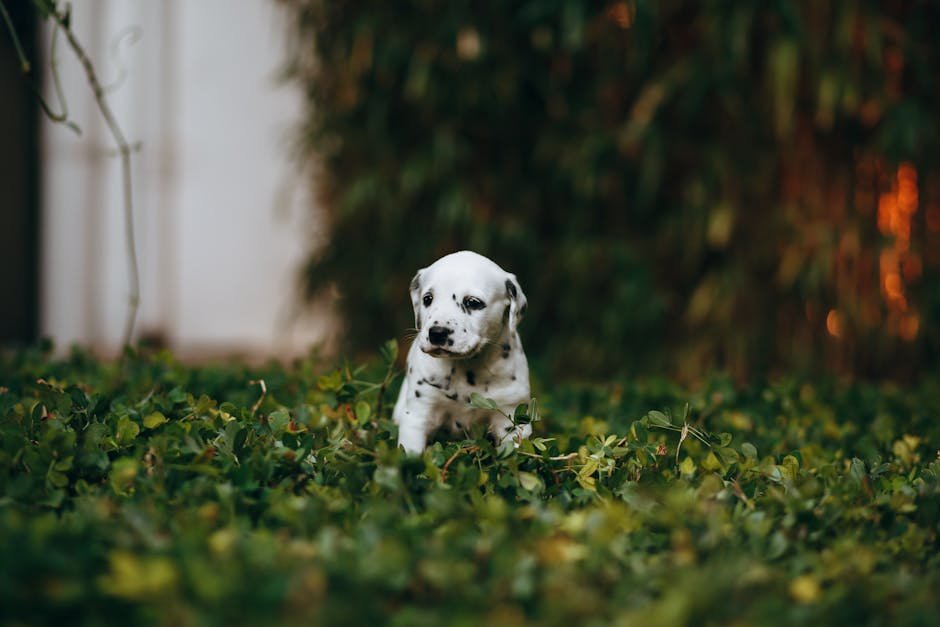Training your dog to relieve itself in a designated spot can be a game-changer, both for your yard and your peace of mind. Imagine a world where you don’t have to play a smelly game of hide and seek to find where your dog has left its latest surprise. Instead, with a little patience and consistency, you could have a well-trained pup who knows exactly where to go — keeping your yard cleaner and your life easier. Plus, having a designated potty area helps prevent damage to your grass and makes cleanup quicker. This guide will provide you with eight effective tips to help you achieve just that.
Understanding Your Dog’s Routine
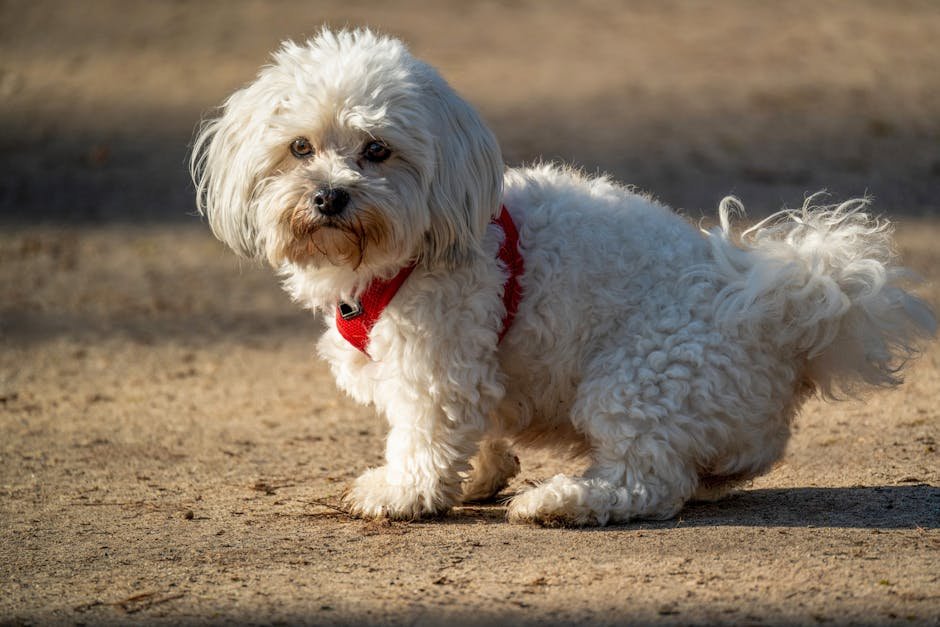
The first step to successful potty training is understanding your dog’s natural routine. Most dogs have a predictable pattern when it comes to relieving themselves. They often need to go after eating, drinking, playing, or waking up from a nap. By observing your dog’s habits, you can identify the most common times they need to go outside. This knowledge allows you to anticipate their needs and guide them to the designated spot at the right time.
Choosing the Perfect Spot
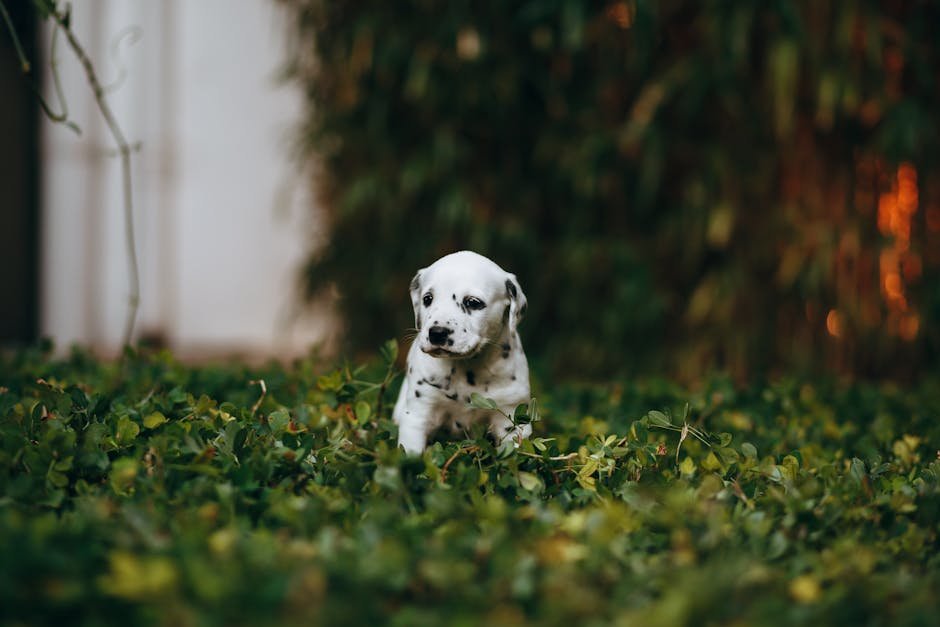
Selecting the right location is key. The area should be easily accessible for your dog but away from high-traffic zones in your yard. Consider a spot that is semi-private, so your dog feels comfortable and safe. It should also be easy to clean and maintain. Once you’ve chosen a spot, commit to it. Consistency is crucial for your dog to associate that area as their bathroom.
Using Command Words
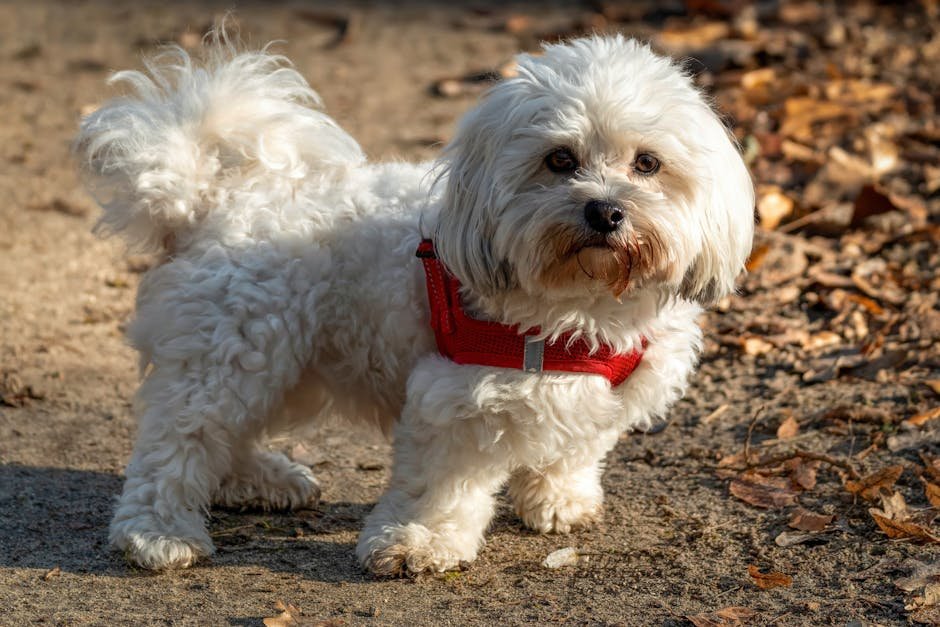
Introducing a command word can be incredibly effective in training your dog. Choose a simple word or phrase like “go potty,” and use it consistently every time you take your dog to the designated area. Over time, your dog will associate that command with the action of relieving itself. Remember, patience is key. It may take several attempts before your dog makes the connection between the command and the action.
Positive Reinforcement
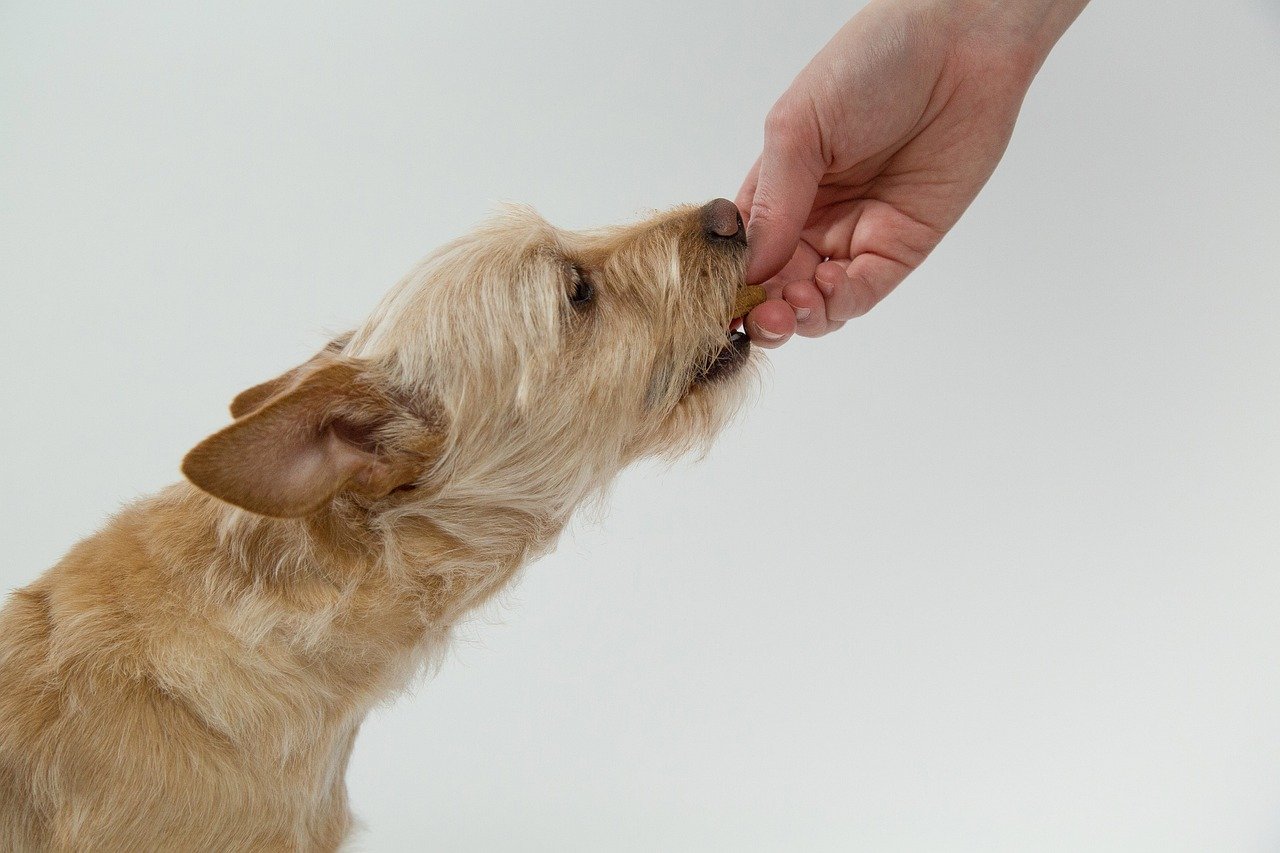
Dogs respond wonderfully to positive reinforcement. Every time your dog relieves itself in the designated area, reward it with a treat or lots of praise. This positive feedback encourages your dog to repeat the behavior. Make sure to reward immediately after they finish, so they know exactly what action is being praised. Over time, your dog will naturally gravitate towards the designated spot to earn those rewards.
Managing Accidents

Accidents are bound to happen, especially in the early stages of training. It’s important to handle these situations calmly and without punishment. If you catch your dog in the act, simply interrupt them with a gentle noise and guide them to the designated spot. Clean up any messes immediately to remove any lingering scent that might attract your dog back to that spot. Remember, patience and consistency are your best tools.
Regular Supervision
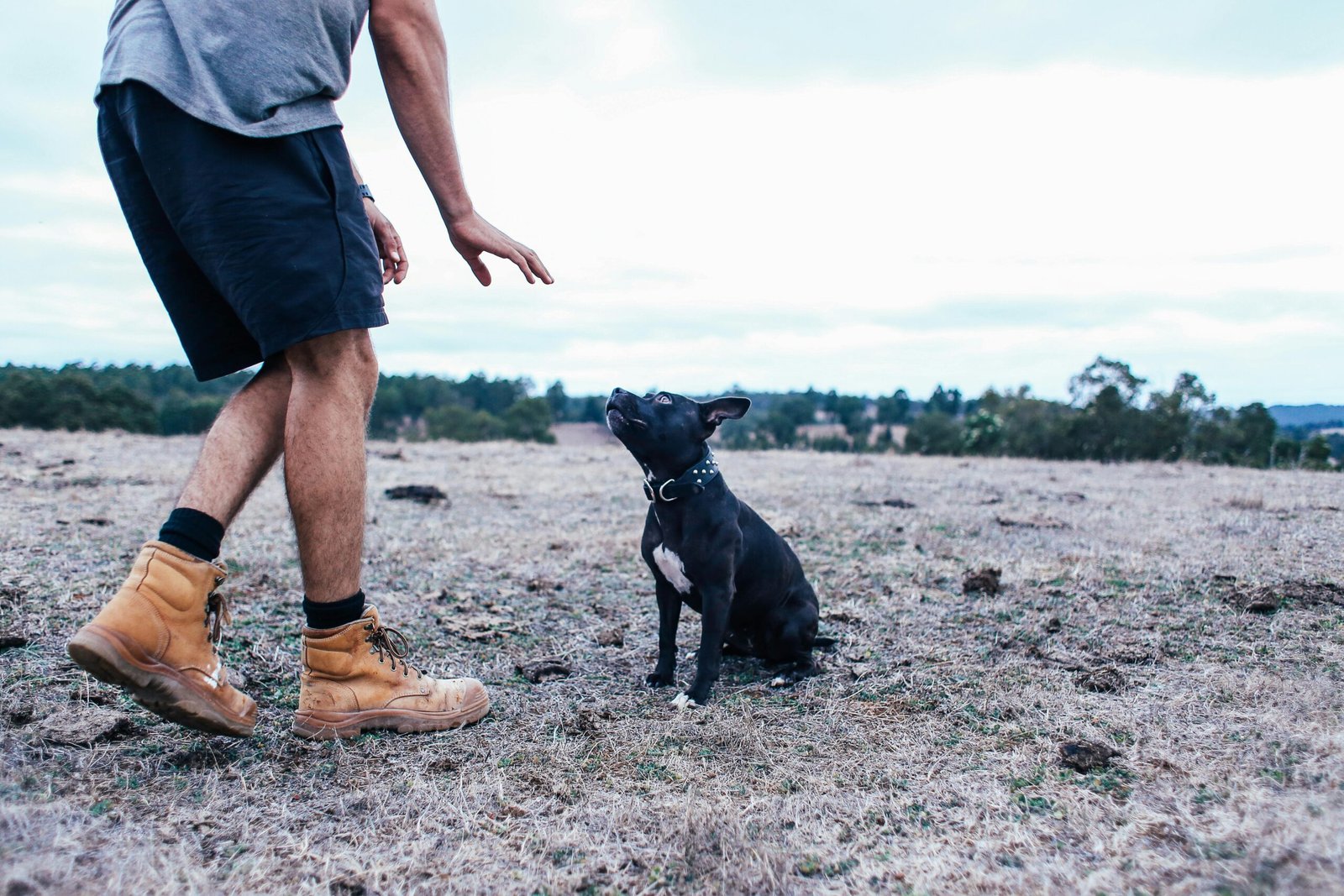
Supervision is essential, especially in the beginning. Keep an eye on your dog when they’re outside, and guide them to the designated area when you see signs they need to go. If you’re unable to supervise closely, consider using a leash to keep your dog in the vicinity of the designated spot. This helps reinforce the habit of going in the correct area and prevents unwanted accidents elsewhere.
Creating a Schedule

Establishing a consistent schedule is another effective way to train your dog. Take your dog to the designated area at the same times each day. This routine helps your dog understand when and where it’s time to go. A regular schedule also helps regulate your dog’s bathroom habits, making it easier to anticipate when they need to go outside.
Staying Patient and Consistent
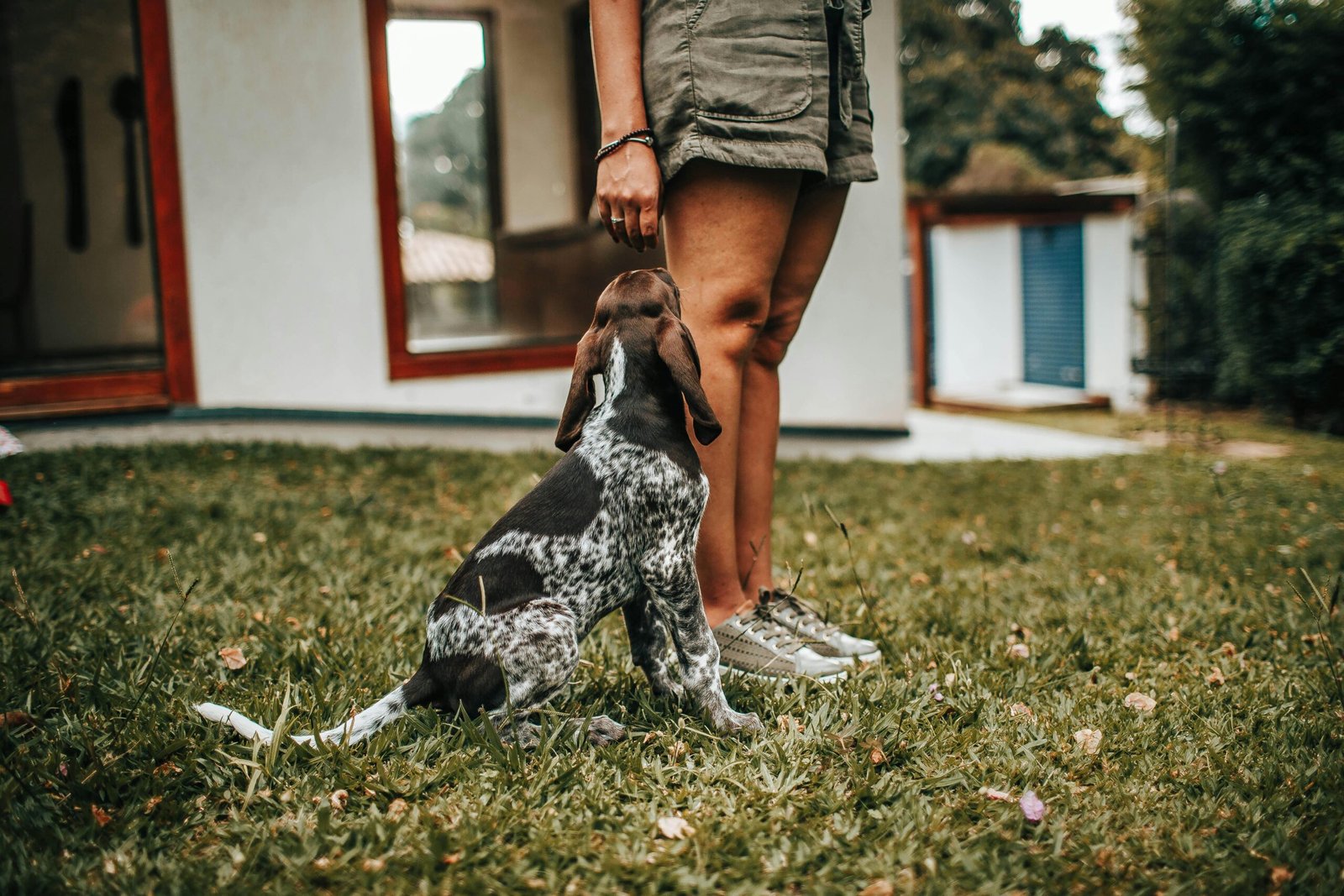
Training your dog to relieve itself in a specific area requires patience and consistency. It’s important to remain calm and committed to the process, even when progress seems slow. Every dog is different, and some may take longer to learn than others. Celebrate small victories along the way and stay positive. With time, dedication, and love, your dog will learn to use the designated area reliably.
Training your dog to poop in a specific area takes patience, consistency, and a lot of positive reinforcement — but the results are well worth it. Not only will you have a cleaner yard, but your pup will feel more confident and comfortable with a clear routine. Stick with it, and you’ll both enjoy the benefits of a well-trained and happy companion!


Born and bred in South Africa, a Capetonian at heart. Amy-Leigh’s love for nature and animals was inherited from her Dad. He loves taking the family on road trips to experience nature at its finest; Amy-Leigh’s favourite being whale watching in Hermanus and spotting Kudu along the West Coast. Amy-Leigh holds a BA in English Literature and Communication Studies.

